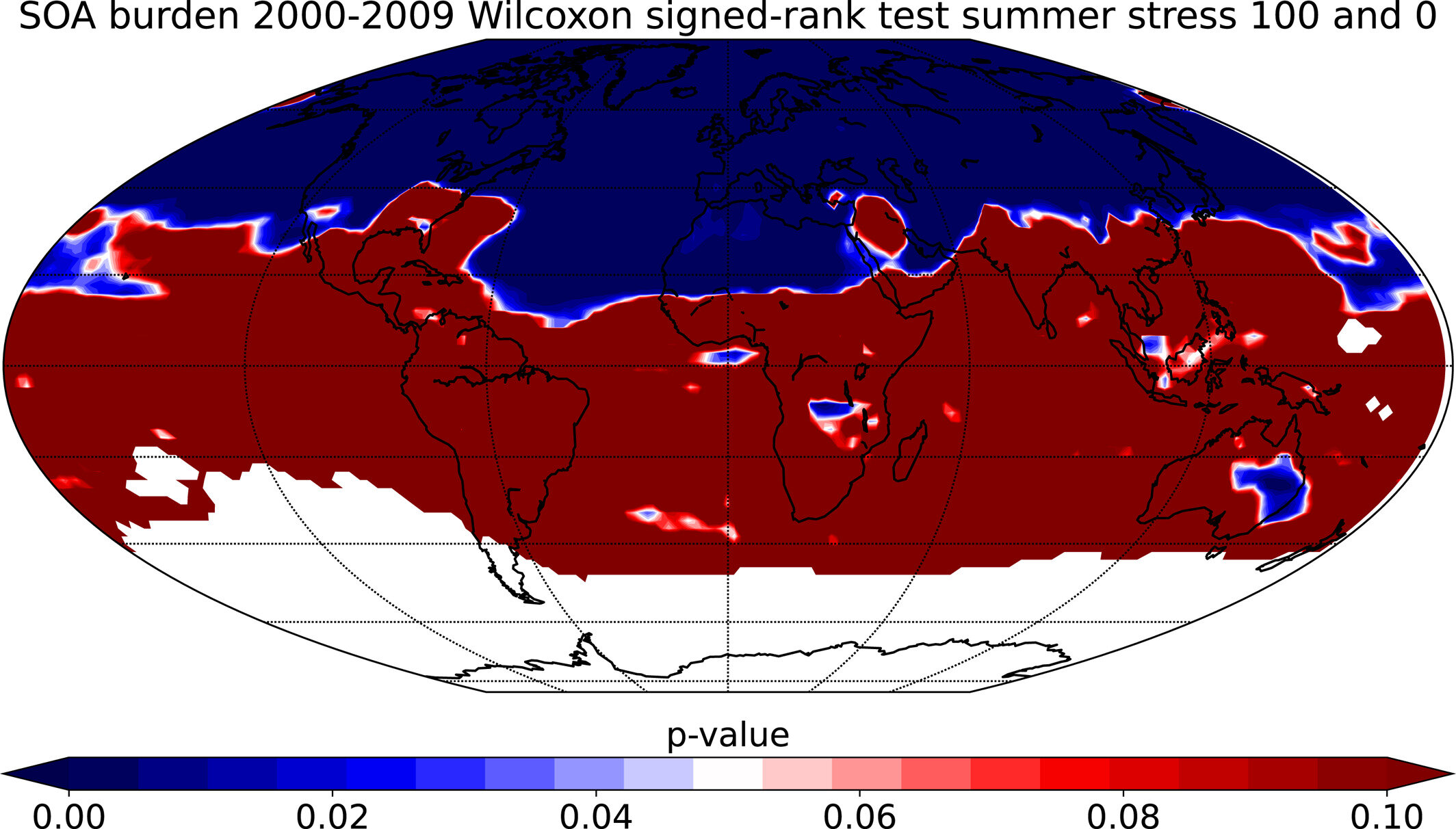#Plant-nibbling insects may make it cloudier and cooler

Table of Contents
“Plant-nibbling insects may make it cloudier and cooler”

Plants can release certain chemicals to shield themselves from high temperatures and potentially communicate with other plants. They also release these chemicals in response to stress, including when insects chomp on their leaves. Now, in a study published in the Journal of Geophysical Research: Atmospheres, scientists have found that insect-damaged plants could release enough of these molecules, called volatile organic compounds, to locally alter the atmosphere and radiative budget above a forest.
Once panicking plants release the compounds into the air, the compounds can oxidize, transforming into organic aerosols. Like aerosols emitted from human activity, these aerosols can theoretically change how clouds form and how much sunlight clouds reflect. Now for the first time in a global atmospheric model, Holopainen et al. consider the potential influence insect-munched plants can have on aerosol concentrations and clouds.
The researchers simulated an insect infestation in evergreen and deciduous trees on a global scale. They modeled changes in aerosols, cloud formation, and cloud reflectivity that resulted from infestations that affected up to 100% of needleleaf evergreen trees and broadleaf deciduous trees. The researchers found that the largest infestations led to a 50% increase in the number of cloud droplets above the forests. Clouds over densely forested areas had the greatest changes in cloud droplet concentration and radiation.
These results suggest that insects eating plants could lead to stronger cooling effects from clouds, as greater aerosol concentrations typically correlate with sending more solar radiation back into space. These localized impacts won’t happen in an instant, but still, climate models could incorporate aerosol emissions from areas with intense insect herbivory to best estimate potential impacts on local atmospheric processes, the authors say.
Cloud study demystifies impact of aerosols
E. Holopainen et al, Insect Herbivory Caused Plant Stress Emissions Increases the Negative Radiative Forcing of Aerosols, Journal of Geophysical Research: Atmospheres (2022). DOI: 10.1029/2022JD036733
Provided by
Eos
This story is republished courtesy of Eos, hosted by the American Geophysical Union. Read the original story here.
Citation:
Plant-nibbling insects may make it cloudier and cooler (2022, August 18)
retrieved 18 August 2022
from https://phys.org/news/2022-08-plant-nibbling-insects-cloudier-cooler.html
This document is subject to copyright. Apart from any fair dealing for the purpose of private study or research, no
part may be reproduced without the written permission. The content is provided for information purposes only.
If you liked the article, do not forget to share it with your friends. Follow us on Google News too, click on the star and choose us from your favorites.
For forums sites go to Forum.BuradaBiliyorum.Com
If you want to read more Like this articles, you can visit our Science category.



